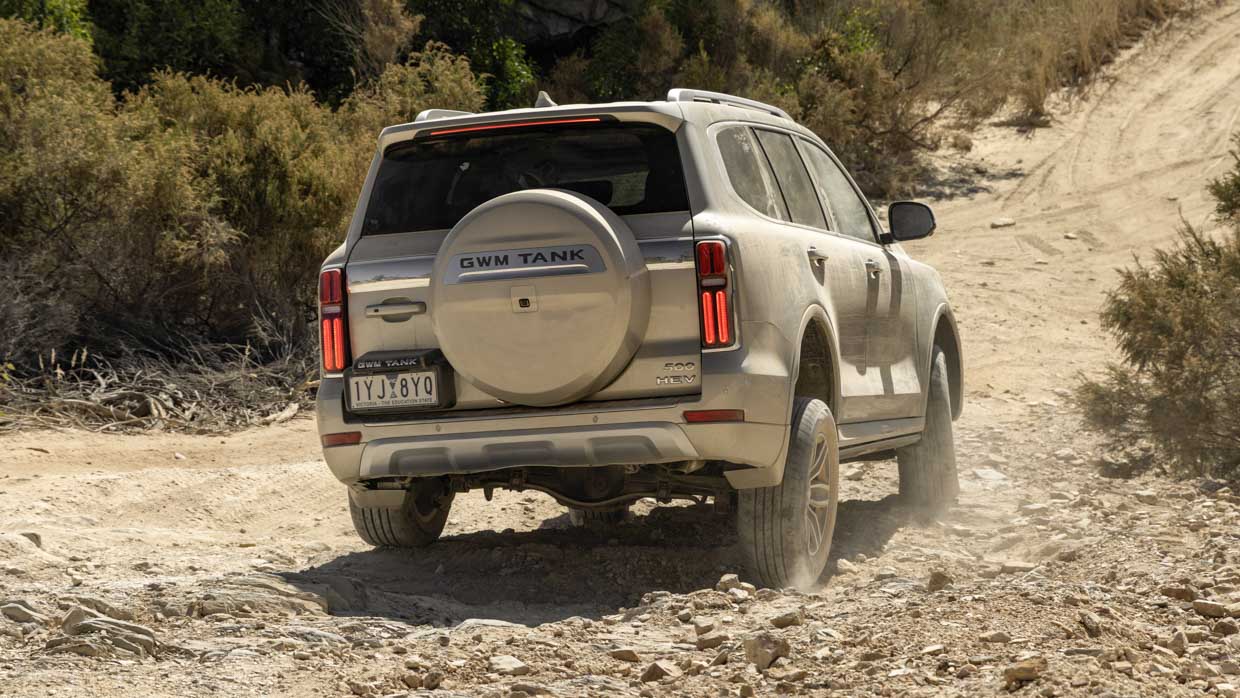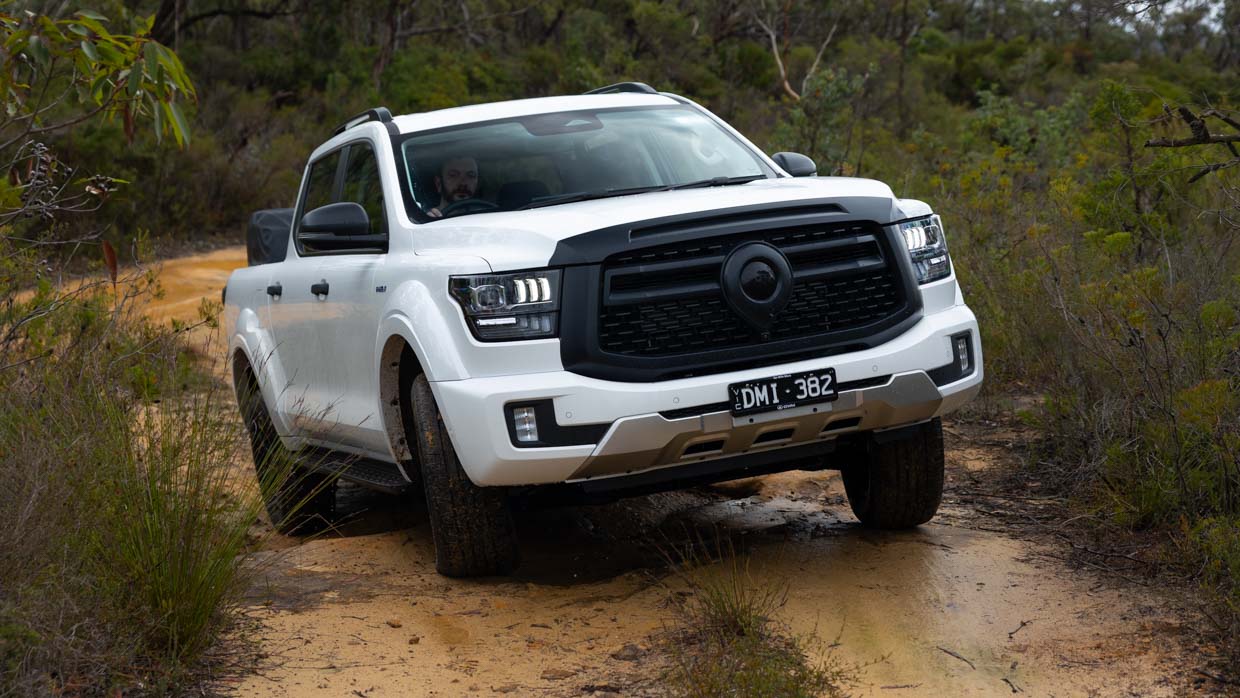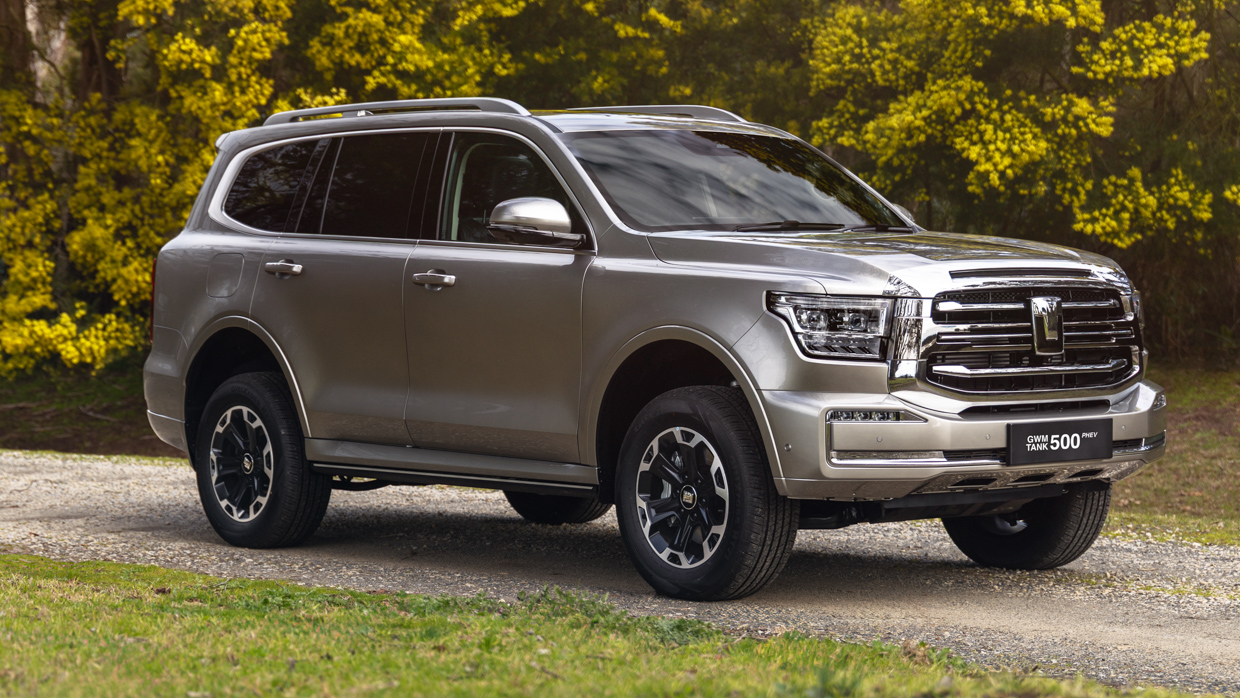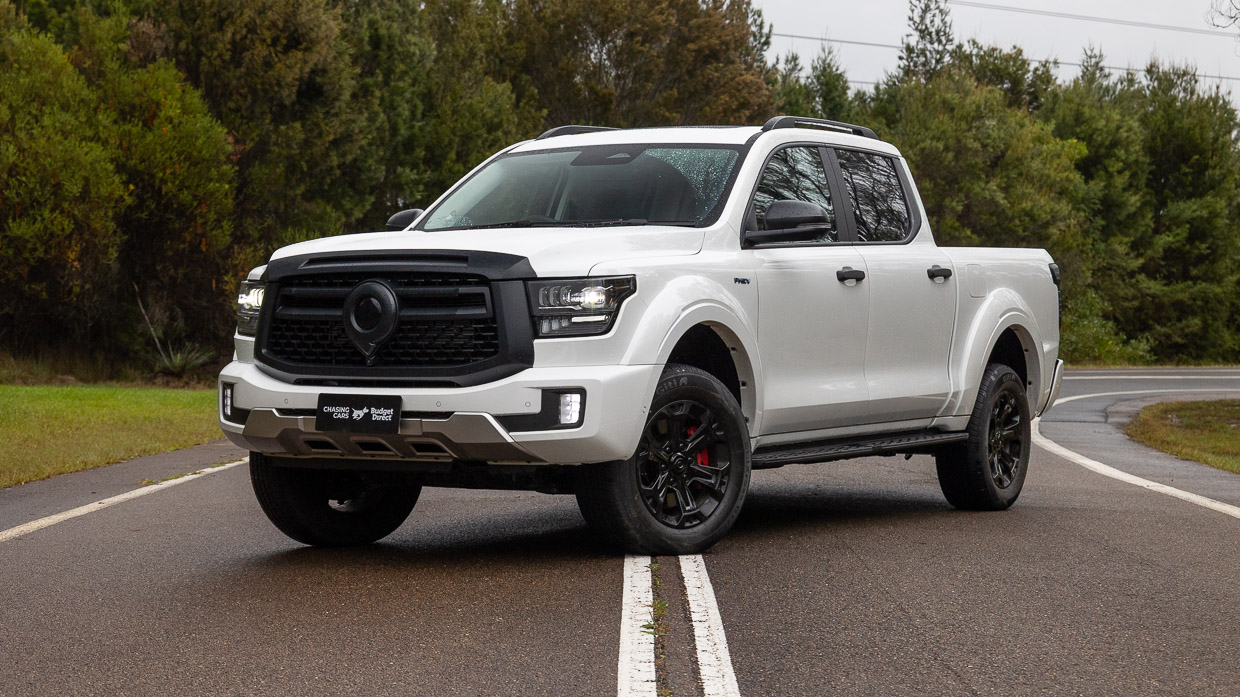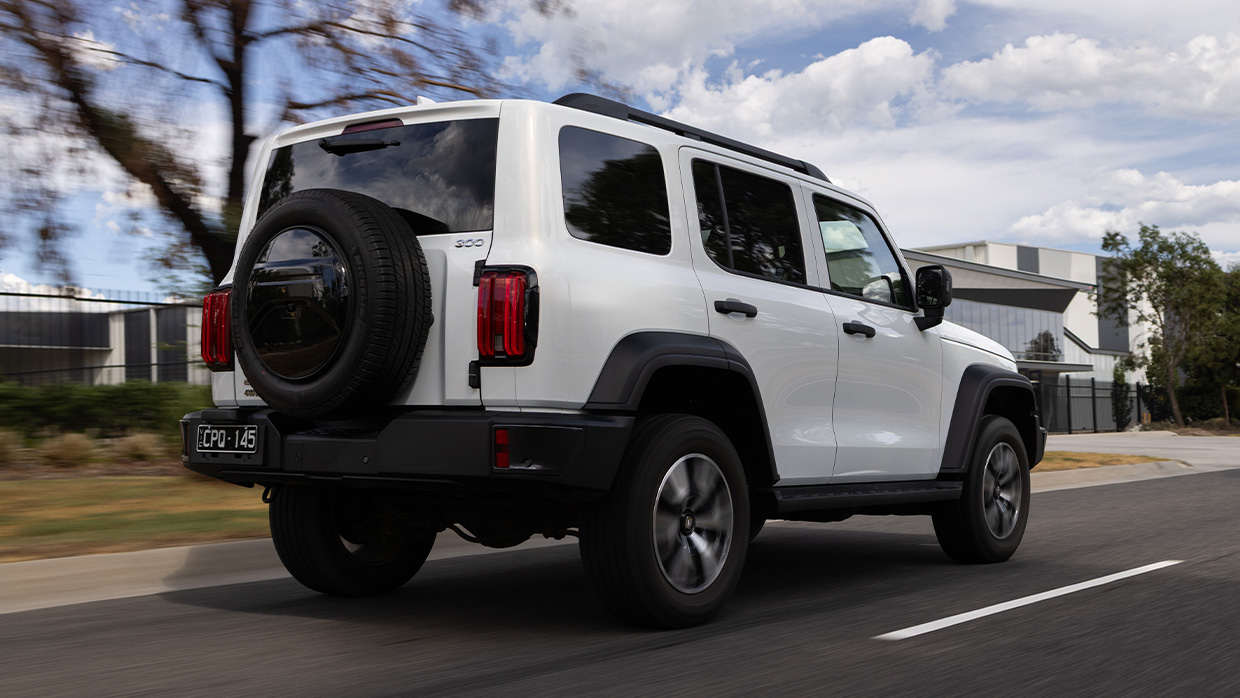-
Car Reviews
- All reviews
- Midsize SUVs
- Small cars
- Utes
- Small SUVs
- Large SUVs
- Large cars
- Sports SUVs
- Sports cars
- Vans
Latest reviews
- Car News
-
Car Comparisons
Latest comparisons
- Chasing Deals
GWM set to ratchet up the fight with Toyota with big new diesel set to be added to Tank 500 alongside emissions-friendly plug-in power
A larger-displacement four-cylinder turbo diesel engine in development by GWM will have its global debut in Australia “by mid-2026”, the conglomerate’s chief technology officer Nicole Wu says.
“A three-litre turbo [engine] is coming soon, and here is the kicker — our 3.0-litre Tank diesel model will make its global debut right here in Australia by mid next year,” Wu told media including Chasing Cars.
The decision to unveil the new engine in Australia is a boon for GWM’s local operations, with GWM global executives confirming Australia is a pillar of the Chinese conglomerate’s expansion strategy.
GWM is rapidly expanding powertrain options in Australia, with the all-new diesel joining a lineup that also includes petrol engines, plugless petrol hybrids (HEVs), plug-in hybrids (PHEVs), and battery EVs (BEVs).
While most brands are moving away from diesel engines, GWM says the expanding share of hybrid sales will create headroom under Australia’s New Vehicle Efficiency Standard (NVES) regime to continue selling diesel and petrol engines in future.
The new 3.0-litre four-cylinder diesel engine will make its debut in the Tank 500 four-wheel drive, with the engine set to become GWM’s ‘premium’ diesel powertrain.
Meanwhile, a 2.4-litre diesel engine producing 135kW/480Nm is expected to continue doing duty in smaller GWM 4WD models including the Tank 300 and the standard-size Cannon ute.
“We know Aussies love diesel, and we have been perfecting it since 2002 with 24 years of know-how,” said Wu.
The Tank 500, a Toyota LandCruiser Prado rival, is currently offered in Australia with a 255kW/548Nm 2.0-litre turbo petrol/hybrid (HEV) engine, with a 300kW/750Nm 2.0-litre turbo petrol/plug-in hybrid (PHEV) option joining the line-up imminently.
GWM will rely on sales of the Tank 500 PHEV to balance out the model’s average emissions, though it expects the 3.0-litre diesel to sell very strongly in Australia — potentially necessitating the diesel to be more expensive than the PHEV over time.
Initially, however, GWM chief operating officer John Kett told Chasing Cars that the plan is to “let [the 3.0-litre diesel] run” before making any powertrain pricing adjustments to suit NVES requirements over time.
Both the PHEV and the new diesel are expected to generate considerable additional sales for the Tank 500, as sales performance with the HEV-only powertrain lineup has lagged well behind the Prado.
The large Cannon Alpha ute is also likely to receive the 3.0-litre diesel engine, where it will be sold alongside the existing PHEV version of the Cannon Alpha.
Performance of the new diesel engine is expected to be higher than the existing 2.4-litre’s 135kW/480Nm outputs, while also reducing fuel economy and CO2 emissions. In the Tank 300, the 2.4-litre consumes 7.8L/100km in ADR combined testing.
While the 3.0-litre engine is likely to be the largest capacity diesel GWM will offer for the foreseeable future, development work continues on a 4.0-litre petrol V8 powertrain that is under consideration for Australia.
The V8 may be teamed with a hybrid system to make its emissions more manageable, and GWM has foreshadowed a “military-grade” super off-road model will be revealed soon. That 4WD may be the debut platform for the V8 engine.
Under NVES, carmakers that sell too many high-CO2 vehicles (such as pure diesel and petrol models) are penalised — but NVES penalties can be balanced out with credits effectively generated by the sale of EVs and PHEVs.
“GWM is well positioned not just to cope with but to thrive in this new era,” said GWM Australia head of marketing Steve Maciver.
GWM’s sales of PHEV models under its Haval, Tank and Cannon lineups, as well as BEVs under the Ora brand, are expected to put it into NVES credit territory.
Latest news
About Chasing cars
Chasing Cars reviews are 100% independent.
Because we are powered by Budget Direct Insurance, we don’t receive advertising or sales revenue from car manufacturers.
We’re truly independent – giving you Australia’s best car reviews.
